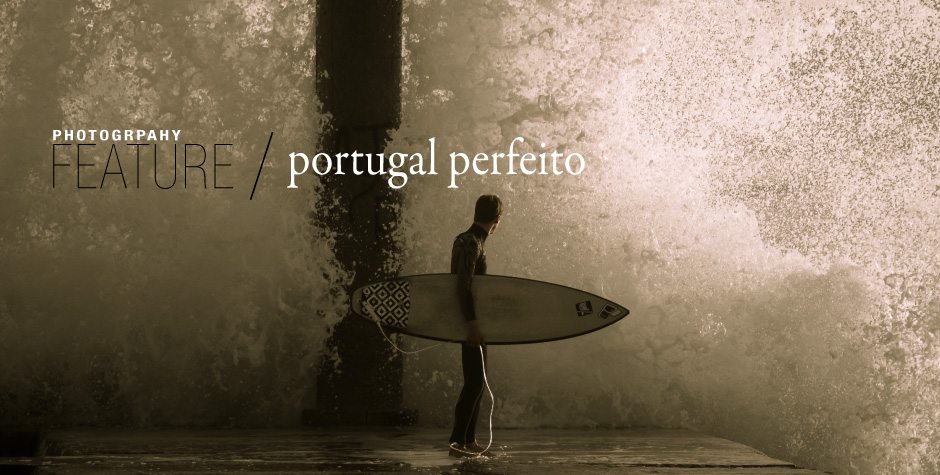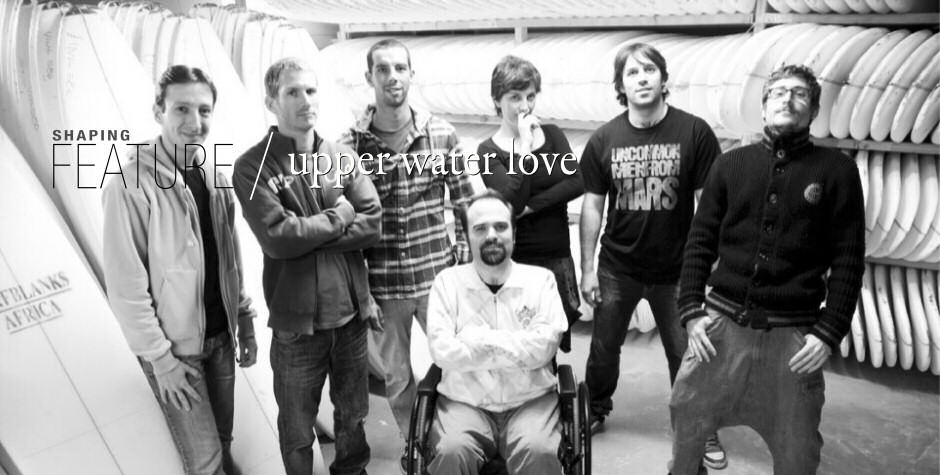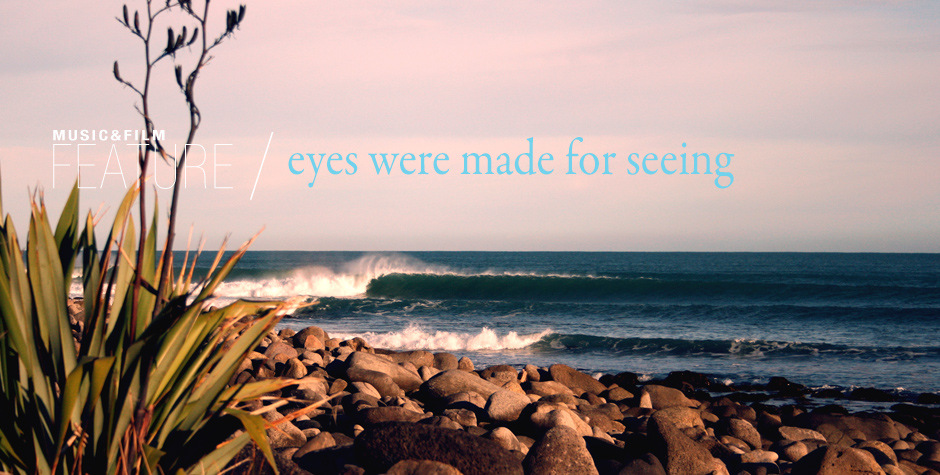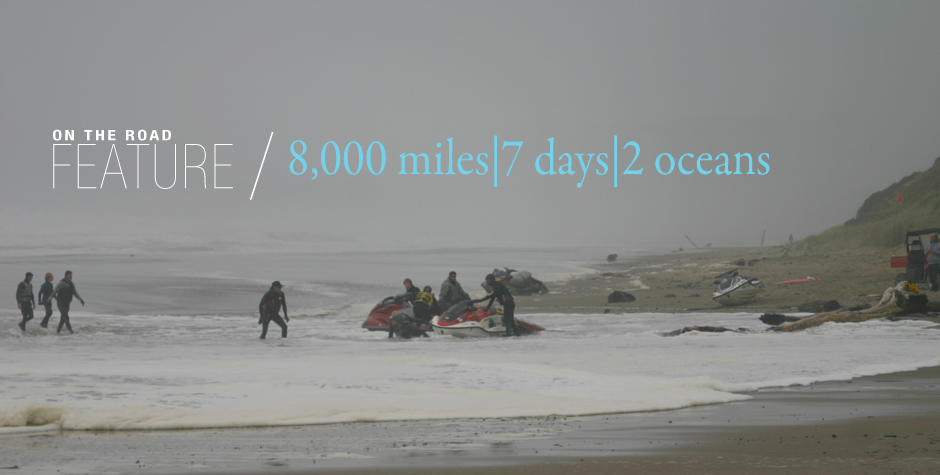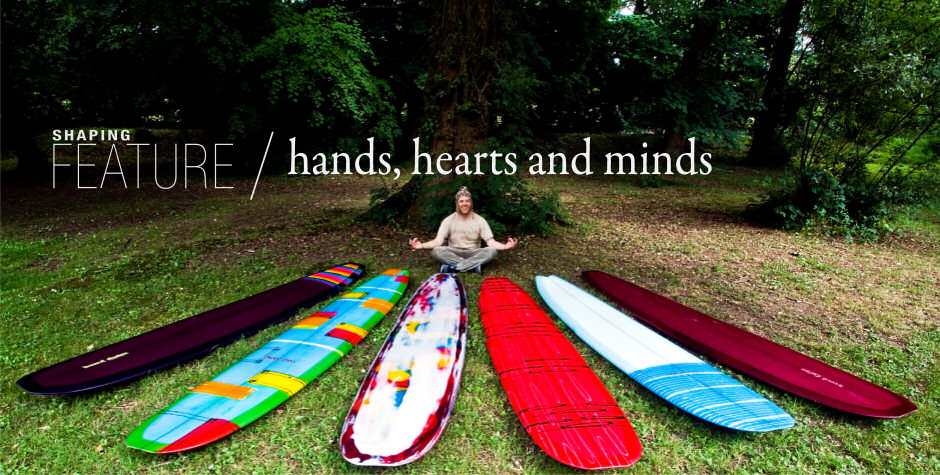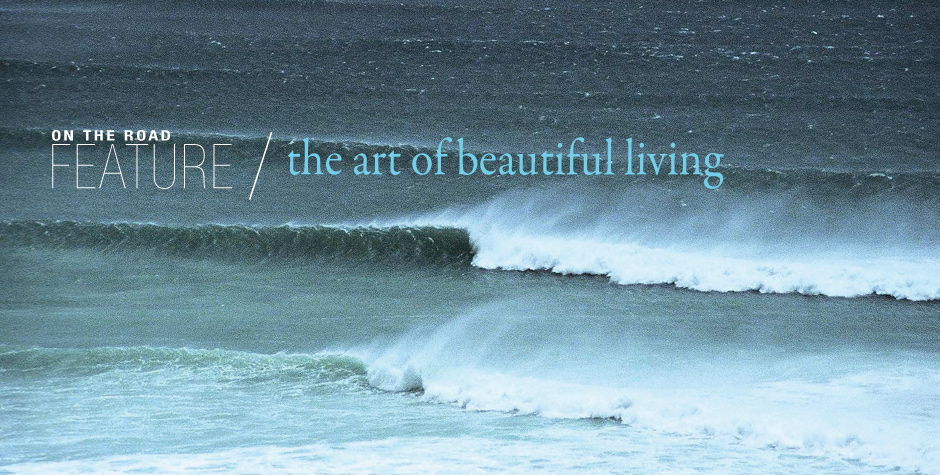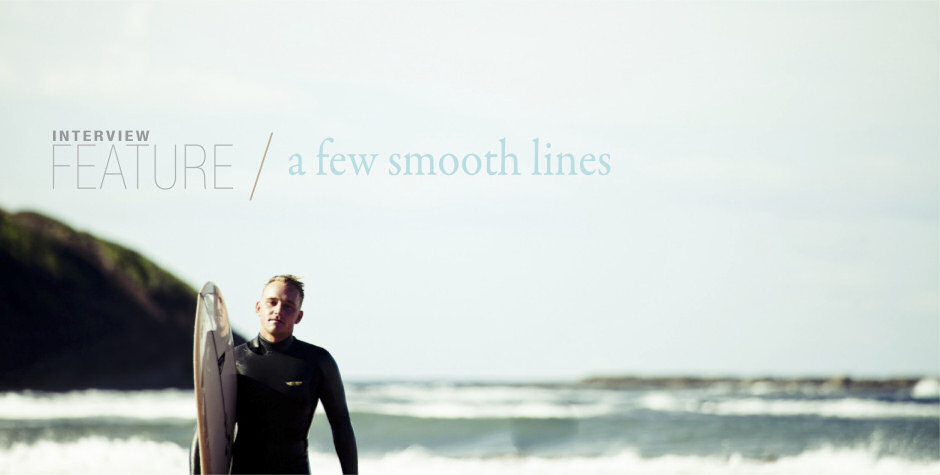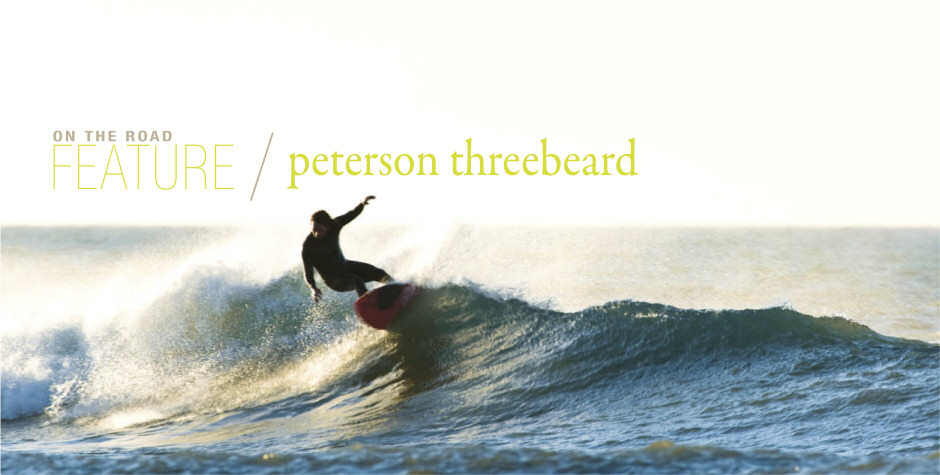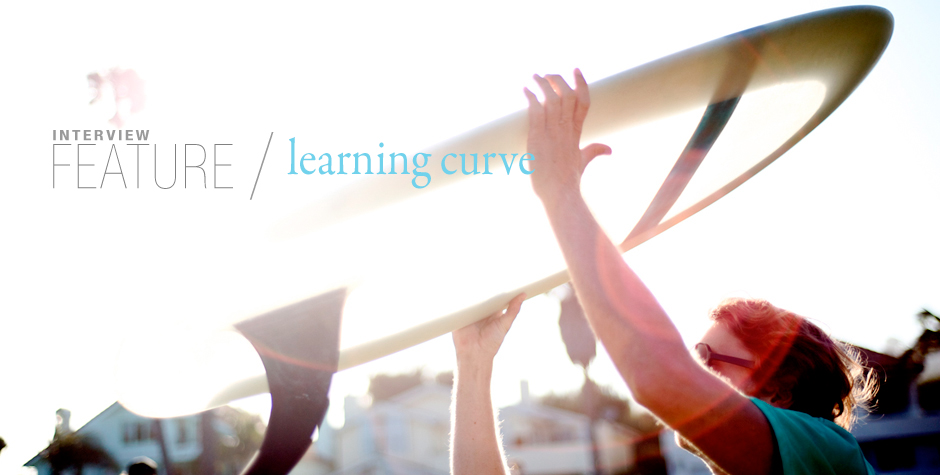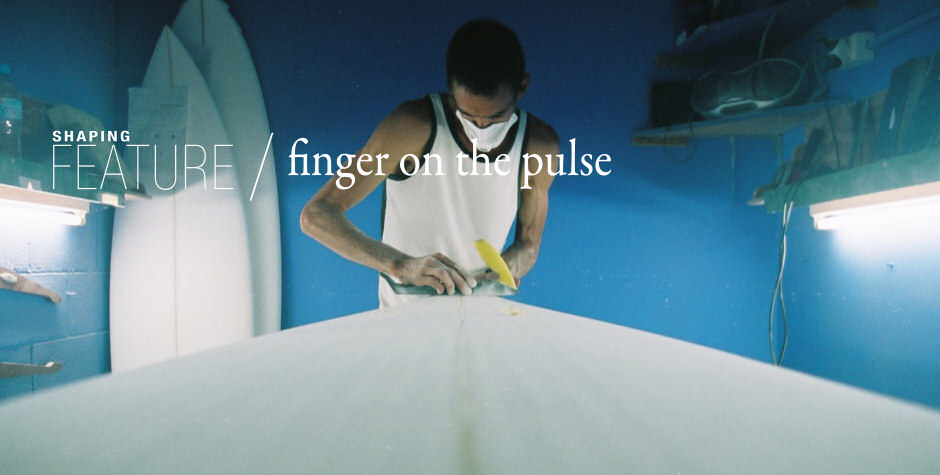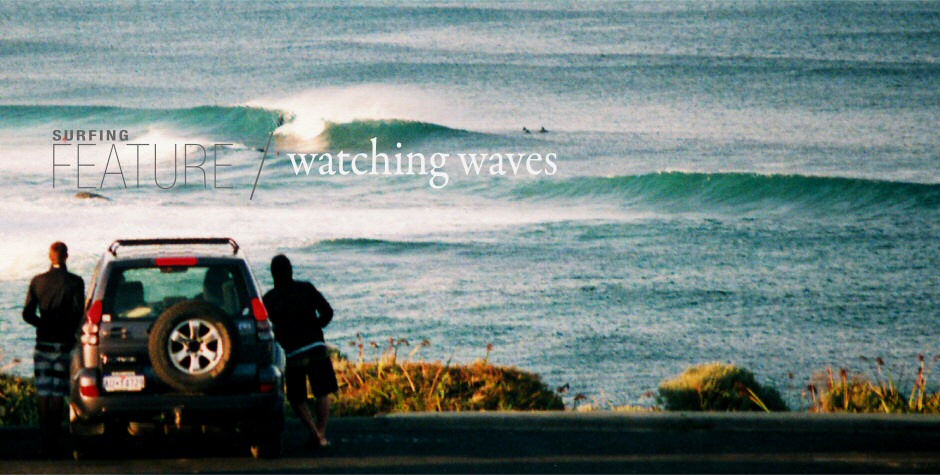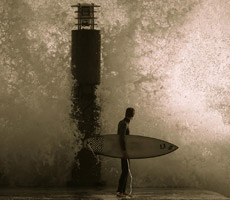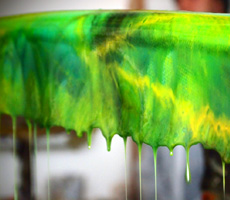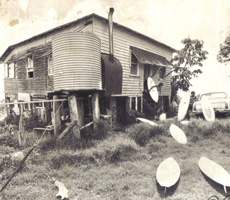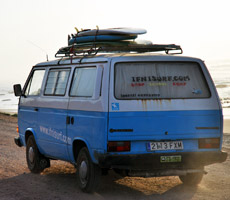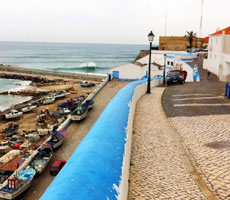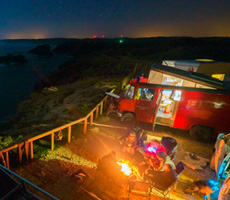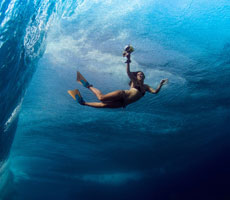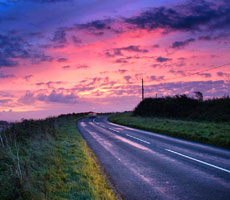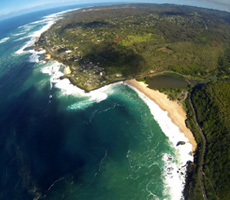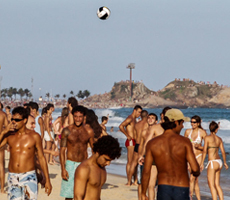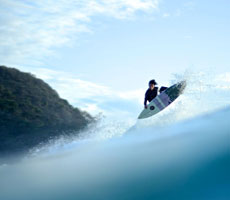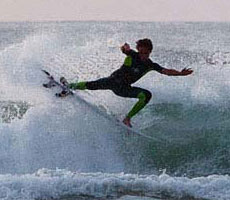El Cristo de Salinitas: best place to learn how to ride waves with a SUP in El Salvador
 After two decades of being absent from El Salvador, I returned home in March 2012 and asked my brother Luis Dominguez to show me places with SUP potential. He took me to places that had empty lineups but with no solid swell happening. One of those places was Cristo de Salinitas in the province of Sonsonate, which traditionally has not been associated with surfing at all. The first day I took my SUP there, the waves were one to two feet, and they were fat, and rides were relatively very long, similar to Hilo Bayfront, a spot that I used to SUP when I was first introduced to the magic of Stand Up Paddle back in the Big Island, Hawaii.
After two decades of being absent from El Salvador, I returned home in March 2012 and asked my brother Luis Dominguez to show me places with SUP potential. He took me to places that had empty lineups but with no solid swell happening. One of those places was Cristo de Salinitas in the province of Sonsonate, which traditionally has not been associated with surfing at all. The first day I took my SUP there, the waves were one to two feet, and they were fat, and rides were relatively very long, similar to Hilo Bayfront, a spot that I used to SUP when I was first introduced to the magic of Stand Up Paddle back in the Big Island, Hawaii.
I realised why this place had no fans in El Salvador. The waves break really too far away from the beach, and the rewards for a longboard and a short-board looked minimal. Why would someone from the city of San Salvador drive one and a half hours to Cristo de Salinitas and spend all the session doing super long arm paddles to ride super fat waves? Only 40 minutes from San Salvador, you drive to Puerto La Libertad and El Sunzal, and you can find some of the best point breaks of Latin America.
A few months later in July of that year, my good friend from the San Francisco Bay Area, Billy de Martini visited me to preview the waves of El Salvador for the first time. He is pretty much an experienced surfer, riding waves in Ocean Beach SF, Steamers Lane, North Shore Oahu and Indo. One day he asked me to take him to an uncrowded break, he did not ask me for a world class point break, he wanted something different. I comply and decided to try Cristo de Salinitas again.
This time was our lucky day. A solid five to six feet swell was hitting the country. Billy had never before tried riding waves with a SUP. I loaned him my Naish 11’3 single fin, and I took my other C-4 Waterman 9’8. For three hours we rode so many waves that evening. It had that feeling of Waikiki, but with no one else around us, except us two.
Cristo de Salinitas is just one of the main peaks at Salinitas beach. It is recognized by a statue similar to Christ the Redeemer in Rio de Janeiro, but much smaller. In turn, Salinitas beach is part of Los Cobanos Reef. In the Caribbean - Atlantic of Latin America there are many excellent coral reefs for scuba diving like Belize and Roatan to name a few. But in the Pacific of Latin America, this is perhaps the only surviving coral reef reserve left nowadays. It has been given protected status by the United Nations.
After Billy returned to California, I kind of forgot for a while about Cristo de Salinitas. I was too busy figuring out how to ride with my SUP world class point breaks like Punta Mango, Las Flores, Punta Roca, and other classic surf spots. During my first year back in El Salvador, I did not feel bothered by the crowds at the main point breaks in El Salvador. In my mind, good surf spots in El Salvador have a third of the crowds that I would expect in California and Hawaii. If Malibu has 200 surfers, El Sunzal will have 65. In a way, you can become spoiled in El Salvador after a while, and I began to feel than 20 surfers per session is a crowd.
Cristo de Salinitas feels like a deserted Waikiki with no surfers. The waves here are gentle and long when it is one to five feet, and even when the spot reaches 10 feet the wave is still fat. The water is warmer than in Hawaii, and at low tide you see all the reef formations popping out like in the South Shores of Oahu.
Until a few months ago, I had not realized the true magic about Cristo de Salinitas. It is not a surf spot for the experienced pro SUPer, it does not have the waves that are going to lead to sponsorship deals. No, Cristo de Salinitas is the best place in all of El Salvador where beginners can start testing their skills in riding waves. Maybe Maculis in the other side of the country is the only place that can compete in this domain with Cristo de Salinitas. When new surfers are beginning to ride waves they are not thrilled by how hollow the waves are, they are thrilled by how long do they last riding a wave. And that is what Cristo de Salinitas provides.
Learning how to SUP can be tricky and dangerous. In El Salvador SUP growth is lagging Hawaii and California by about a whole decade. Just like it happened in the beginnings of SUP in Hawaii, many surfers in El Salvador resent SUPs because they can take all the waves. In crowded point breaks like El Sunzal, a SUP can be a dangerous toy if you do not know what you are doing. Experienced SUPers who are assertive, for the most part end up being accepted in the end.
You need to use the paddle in the waves, not just hold it for the photograph
But what do you if you have never SUPed before in your life, where do you learn? For starters, I tell people that a SUP is not a bigger longboard. Many long-boarders feel confident about learning SUP and they give up after a few sessions when they find out that you need legs, and you need to use the paddle in the waves, not just hold it for the photograph. For me, before you ride waves, you need to learn how to use the paddle. So I recommend to take your SUP to flat waters. In El Salvador we have plenty of that, salt water mangrove rivers like Estero de Jaltepeque, Bahia de Jiquilisco, Estero de San Luis Talpa, Barra de Santiago; and fresh water lakes like Coatepeque and Ilopango.
The next step after learning how to use the paddle in flat water is learning how to ride waves. But where? If you go to any traditional point break in El Salvador that is crowded with longboards and short-boards, guaranteed that people are going to bark and yell at you. Just like in Hawaii, there is no Aloha spirit for beginner Supers in El Salvador. And worse, if you get into an accident and you hurt another surfer with your SUP very likely people are going to make life impossible for you next time.
This is where Cristo de Salinitas shines. It is the place where you can learn in gentle waves with no pressure from other surfers. Yes, you can hurt yourself by hitting your own board or the reef, but you are not going to put another surfer at risk. SUPs belong in all point breaks of El Salvador, but you should only try it after you have practiced before hand in flat water and gentle waves like Cristo de Salinitas and Maculis.
Access to the reef break is limited, even though the break can handle hundreds of surfers at the same time
But there is one catch to the magic of Cristo de Salinitas. Access to the reef break is limited, even though the break can handle hundreds of surfers at the same time. Back in the 1980’s and 1990’s real estate developers that built in the area had no clue that Stand Up Paddle was going to be the fastest growing aquatic sport in the world. So they went ahead and built the gated community of Salinitas with no public beach access. In El Salvador the old school of real estate developers still believes that private hotels equals private beaches. Everyone tries to build next to the water, and they cannot see the big picture of being more exposed to erosion, rising waters, tsunamis, and killing international tourism. To make matters worse some bigger resorts in the area built saltwater pools, and when they bulldozer the place they killed the waves for SUP in their own backyard.
Luckily, I met through my brother, Juan Jose Golcher, owner of small guest house Peña Azul. This family oriented guest house is inside the gated community of Residencial Salinitas at the very end of the paved road. It just happens that the entry point in the water to all the surfable waves are next to Peña Azul where there is a channel that makes the paddle easy. You can try other entry points in the vicinity but they tend to have too many coral reefs popping out even in high tide.
We decided to open a SUP school with Juan Jose Golcher, me taking care of the water operations like SUP classes and eco-tours, and Juan Jose taking care of the land operations like renting the rooms and providing food.
Aloha, and come to El Salvador to learn the joys of riding waves with a SUP.
